How do supply chain professionals rate their demand forecast’s accuracy?
Part I in our series on assessing your Demand Forecasting process
It’s no secret that demand is getting more difficult to predict. Is your demand forecasting process evolving with the times? How does your process stack up against others? Are you satisfied with your level of forecast accuracy? We are running a quiz to help supply chain professionals address these questions. The quiz has been taken by more than 200 participants across several regions – from North America to Asia Pacific. Let’s delve into some of the results.
Which function is responsible for managing the forecast process and who is accountable for accuracy?
60% of respondents stated that the Supply Chain function is primarily responsible for managing the forecast process at their organizations. This was followed by Sales at 22%.
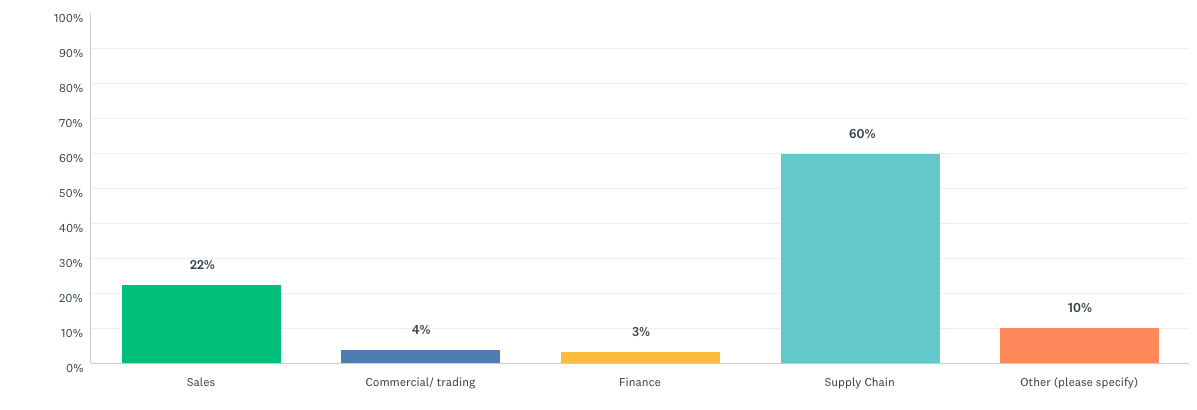 When asked who is accountable for forecast accuracy, 31% of respondents stated that a mix of the above-mentioned functions (Sales, Commercial/trading, Finance, and Supply Chain) is accountable at their organizations.
When asked who is accountable for forecast accuracy, 31% of respondents stated that a mix of the above-mentioned functions (Sales, Commercial/trading, Finance, and Supply Chain) is accountable at their organizations.
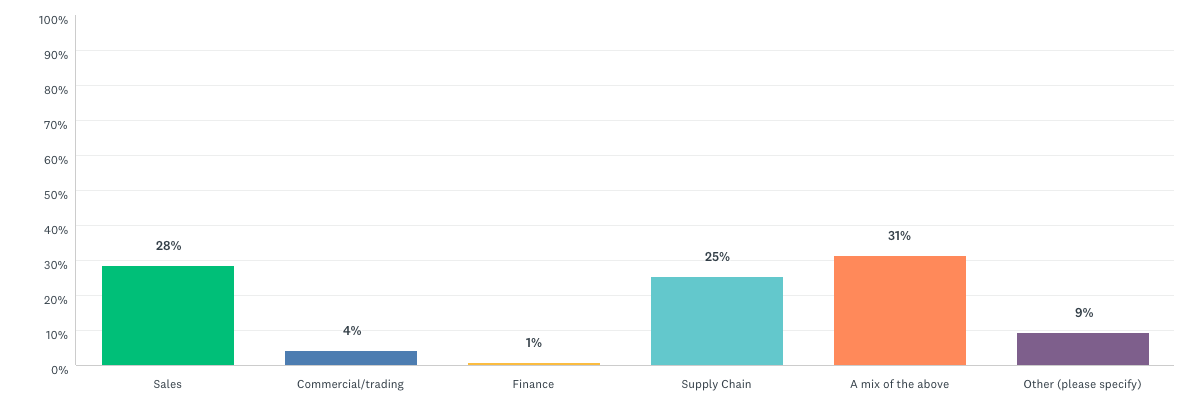 How do professionals rate their demand forecast’s accuracy?
How do professionals rate their demand forecast’s accuracy?
We asked participants to rate their satisfaction with the accuracy of their demand forecast on a scale of 1 to 10. A combined 49% rated their satisfaction between a 5 and 7. Only 2% rated their satisfaction with a 10 (extremely satisfied).
Only 2% of professionals are ‘extremely satisfied’ with their demand forecast’s accuracy. – Tweet this
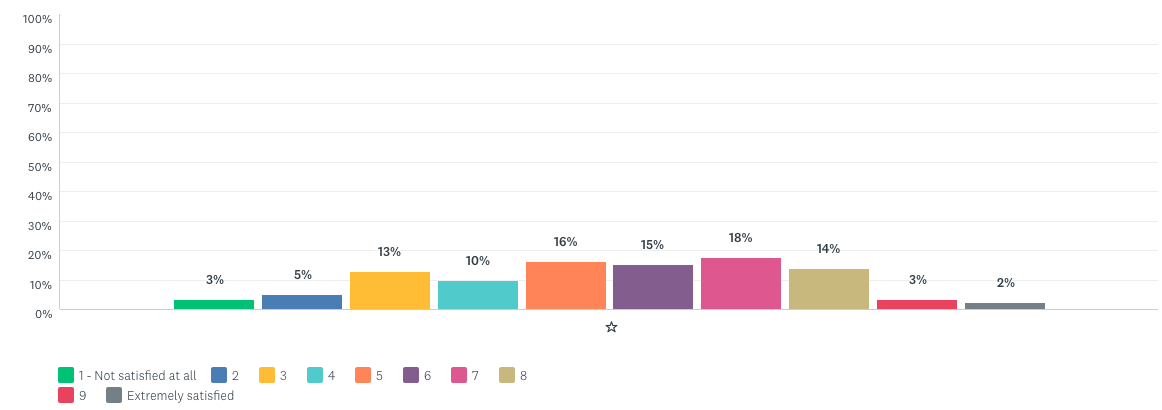
The typical range of forecast error at an item level is reportedly 20-40% according to 42% of respondents. This was followed by 0-20%, according to 28% of respondents. 12% of respondents indicated that their typical range of forecast error at an item level is over 50%.
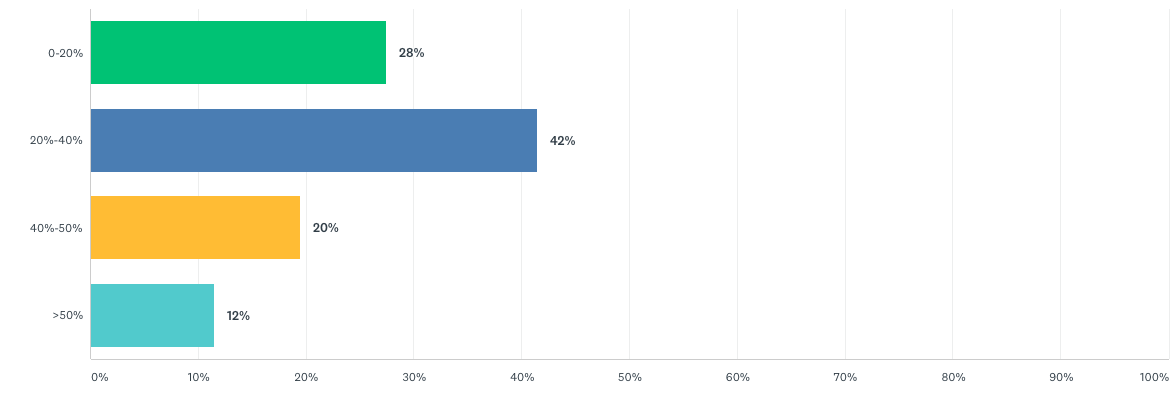
65% of quiz participants share the final consensus forecast with the business for planning purposes as a single set of numbers. Only 15% share it as a set of multiple but discrete scenarios.
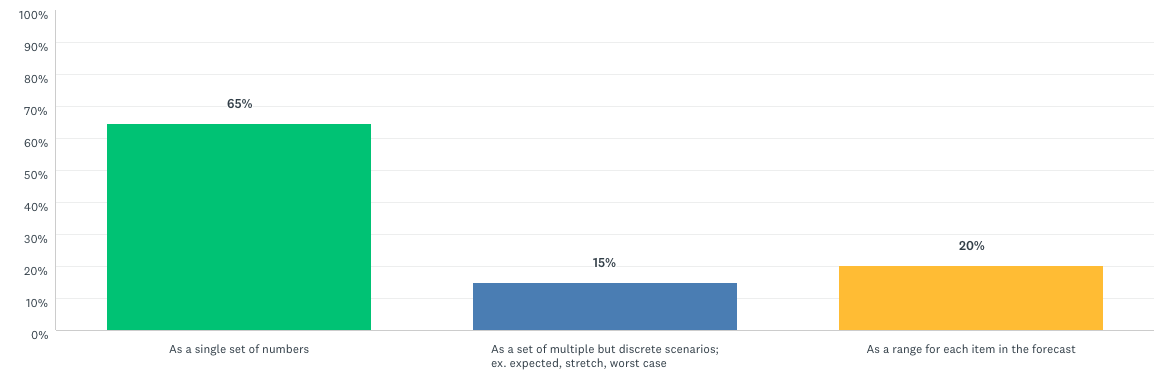
Is improving forecast accuracy perceived as important?
Most respondents indicated that improving forecast accuracy is important for their organization. 37% stated that this was extremely important. The majority of them (64%) are in a supply chain role. 24% of them are in sales. 36% of them use spreadsheets, 35% use forecasting packages and 24% use ERP bundled functionality.
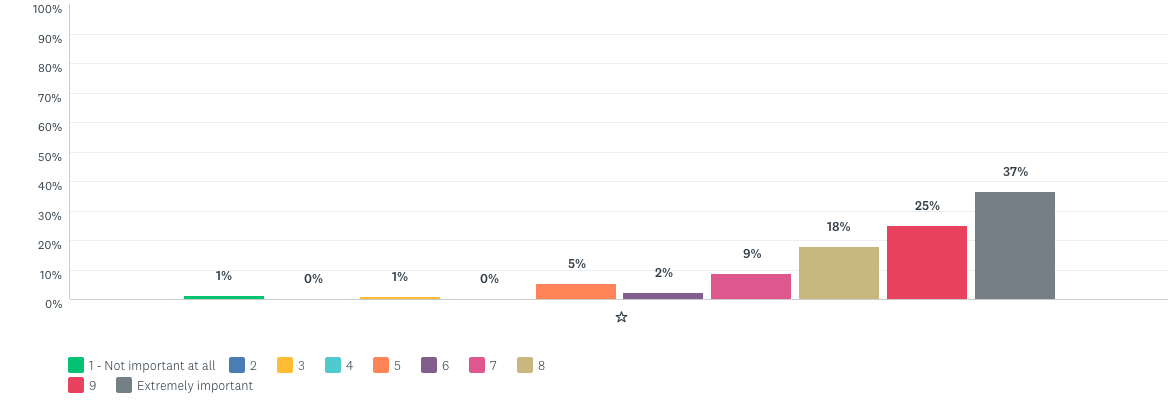 57% of respondents use forecast accuracy as input for calculations to determine target inventory levels, indicating that the accuracy of the forecast is key to prevent stock-outs. An inaccurate forecast used as input for target inventory levels can have costly implications as well.
57% of respondents use forecast accuracy as input for calculations to determine target inventory levels, indicating that the accuracy of the forecast is key to prevent stock-outs. An inaccurate forecast used as input for target inventory levels can have costly implications as well.
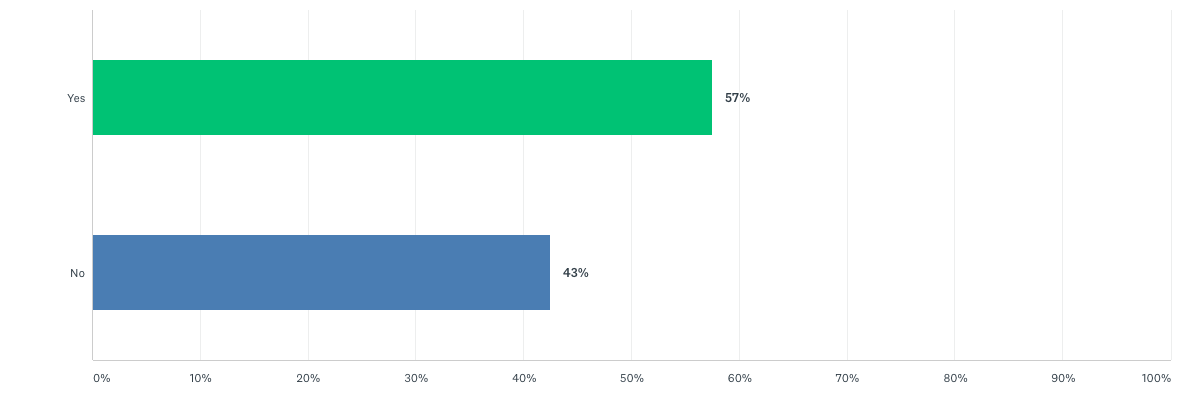
This is directly related to the benefits supply chain professionals expect to see from improved forecast accuracy. 80% of them reported reduced inventory holding among the top 3 benefits, followed by more stable and reliable supply chain plans (at 72%) and better customer service (at 65%).
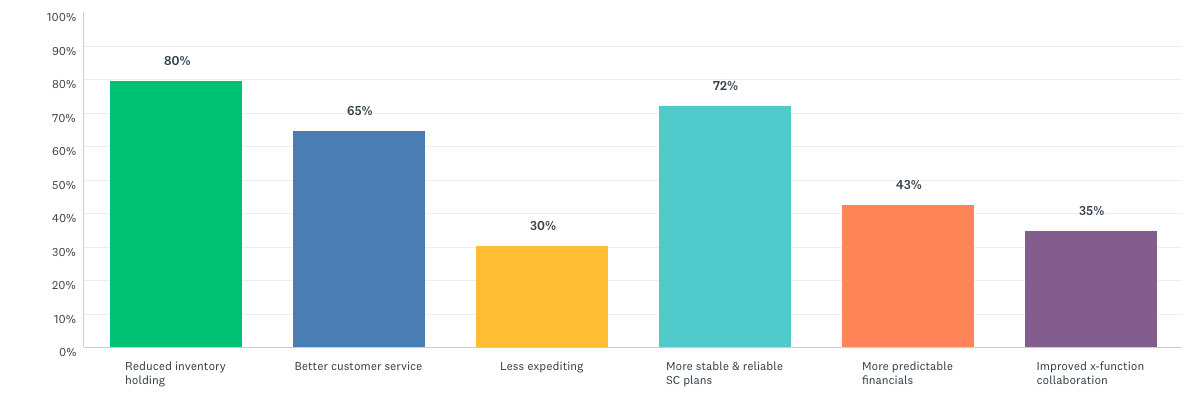
How are demand forecasts evolving?
Even though most respondents reported neutral to moderate levels of satisfaction with the current accuracy of their forecasts, they are optimistic about the future. 61% think their forecast accuracy will improve over the next 3-5 years. Only 8% think it will get worse.
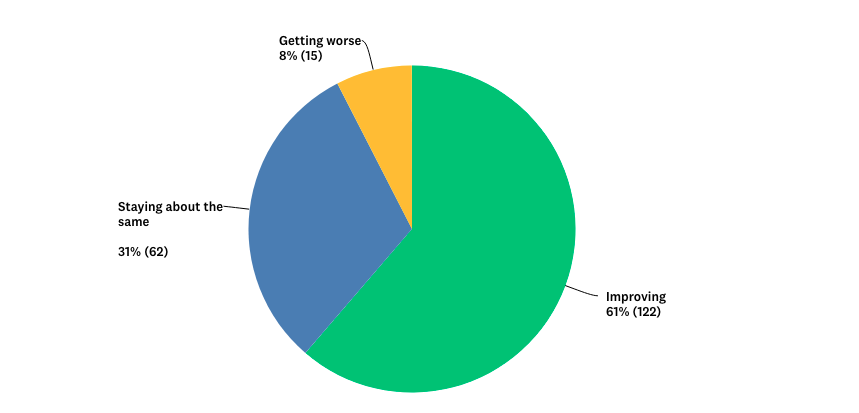
61% think their forecast accuracy will improve over the next 3-5 years. Only 8% think it will get worse. – Tweet this
However, more than half of respondents expect the number of items in their product portfolio to increase in the next 3-5 years, adding to the complexity of the demand forecast. 38% of respondents also expect to see increased item/product churn.
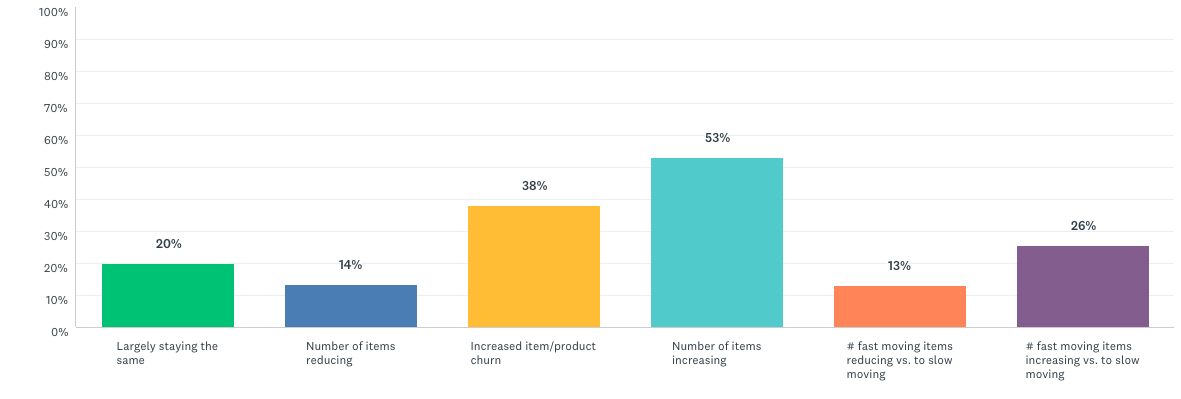
44% of participants expect that the number of items in their portfolio will grow at a quicker rate than sales.
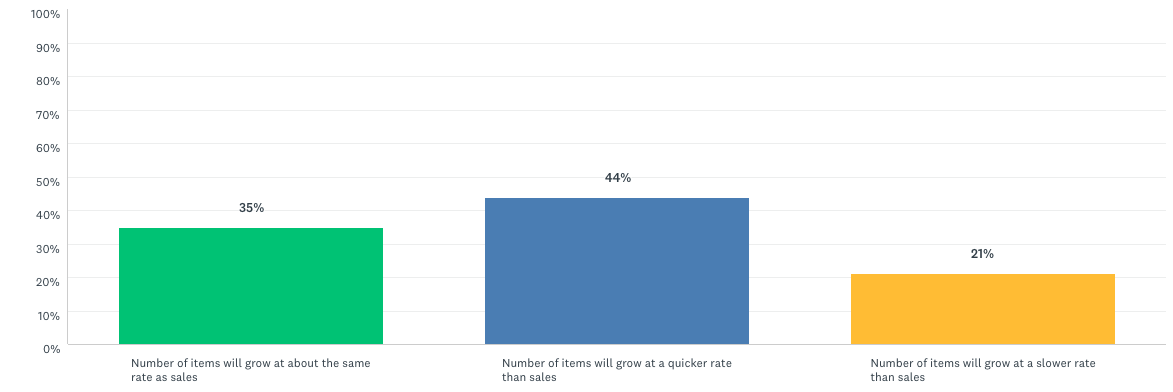
Can new technologies help to improve forecast accuracy given rising supply chain complexity in the future? Find out which tools and techniques supply chain professionals are using in part II of this series.





